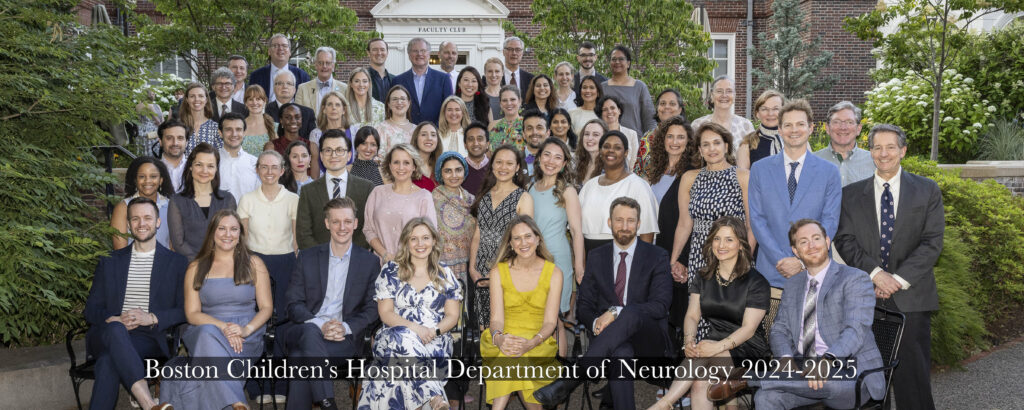Child Neurology and Neurodevelopmental Disabilities Residency Training Programs | History
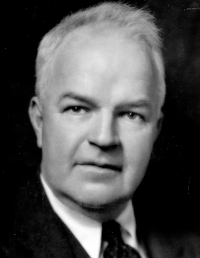
1920-52: The very roots of child neurology began at Boston Children’s Hospital with the appointment of Dr. Bronson Crothers to lead the newly established Neurology Service. In 1929, “Ward 9” in the newly created Bader Building opened as the first dedicated space for child neurology at a U.S. children’s hospital. In the 1930s and 1940s, Dr. Crothers made landmark contributions into the causes, classification, and management of cerebral palsy.
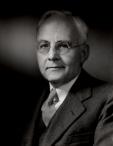
1944: Dr. William Lennox developed the Seizure Unit, the first comprehensive pediatric epilepsy unit in the world. Since its founding, the program has remained at the forefront of pediatric epilepsy under Drs. Cesare Lombroso and Gregory Holmes, and today under the leadership of Dr. Philip Pearl. In 1951, Dr. Lennox won the Lasker Award for his research in epilepsy.
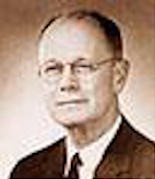
1952-62: Dr. Randolph Byers assumed the leadership of Neurology. Among his groundbreaking accomplishments, he was the first to link environmental lead exposure to long-term cognitive and learning disorders in children. His studies on kernicterus, spinal muscular atrophy, inflammatory disorders of the central nervous system, and other pediatric neurological disorders form the basis for much of our clinical understanding today.

1962-90: An independent Department of Neurology — the first devoted to children in the U.S. — was established at Boston Children’s Hospital and Harvard Medical School. In 1963, Dr. Charles Barlow became the department chief. During his 27-year tenure, a program in basic neuroscience and what is now called the National Institutes of Health-sponsored Intellectual and Developmental Disabilities Research Center (IDDRC) were established at the hospital. Dr. Barlow’s accomplishments in child neurology included, especially, contributions to the understanding of headache in children.

1990-2005: Dr. Joseph Volpe was appointed Neurologist-in-Chief in 1990. During his tenure, the size and scope of the Child Neurology Residency Training Program grew substantially, and Dr. Basil Darras became the Training Program Director. Dr. Volpe fostered the development of subspecialty clinical programs, with particular emphasis on fetal/neonatal neurology. His tenure was notable for the recruitment of 20 new faculty.
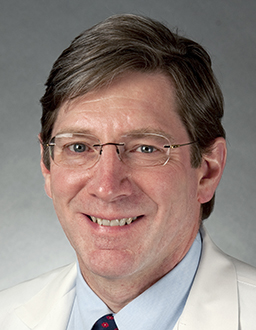
2005-2024: During his tenure as Neurologist-in-Chief, Dr. Scott Pomeroy brought alignment of basic research with clinical practice, building on his own experience in neuro-oncology. Fifteen new specialty programs were established. Clinical programs became closely integrated with basic research through collaborations and creation of translational research infrastructure. The department more than doubled in number of faculty, and research funding increased more than 10-fold. The Child Neurology Residency Training Program more than doubled in size and residency in Neurodevelopmental Disabilities established. Major achievements include, among others, the genetic and cellular basis of brain and cranial nerve development, discovery that somatic mutations are causative of focal brain dysplasia, how microglia shape synaptic function, molecular classification of central nervous system tumors, and co-development of the first effective treatment of spinal muscular atrophy in landmark studies conducted by Associate Chief Basil Darras.
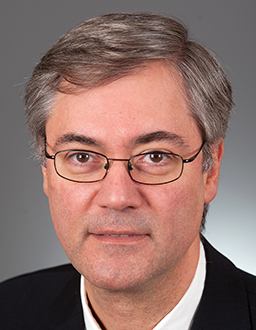
2013 – Present: In 2024 Mustafa Sahin was named Neurologist-in-Chief Dr. Mustafa Sahin established the Translational Neuroscience Center at Boston Children’s Hospital, which created the infrastructure for translating discovery into practical tools for diagnosis and treatment of neurodevelopmental disorders. In 2021, an unprecedented gift of $25 million from philanthropist Rosamund Stone Zander was made to expand the center. Named on her behalf, the Rosamund Stone Zander Translational Neuroscience Center provides transformational research funding and technical resources for investigators, as well as advocacy, community-building, and educational programs for patients, families, and caregivers.
